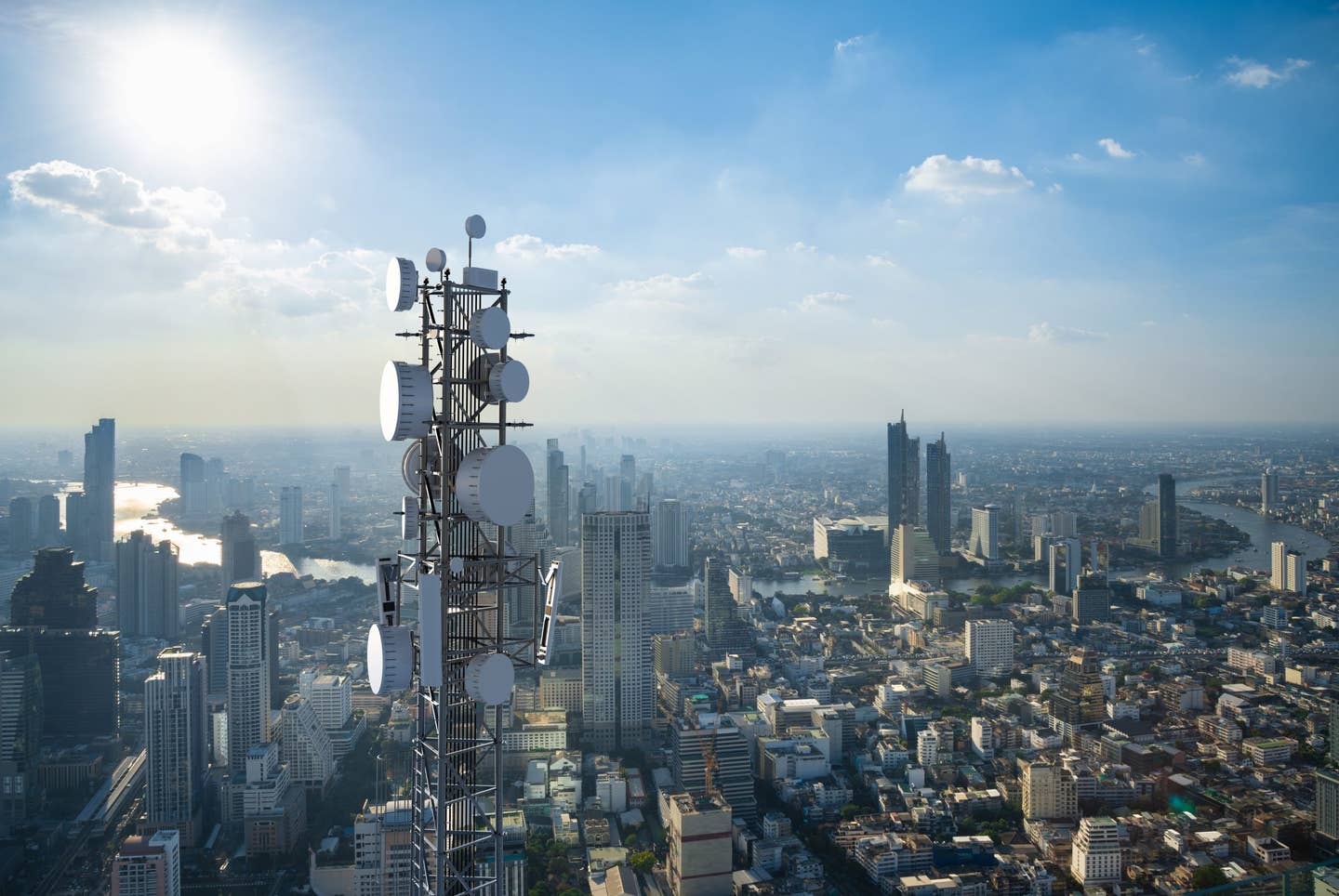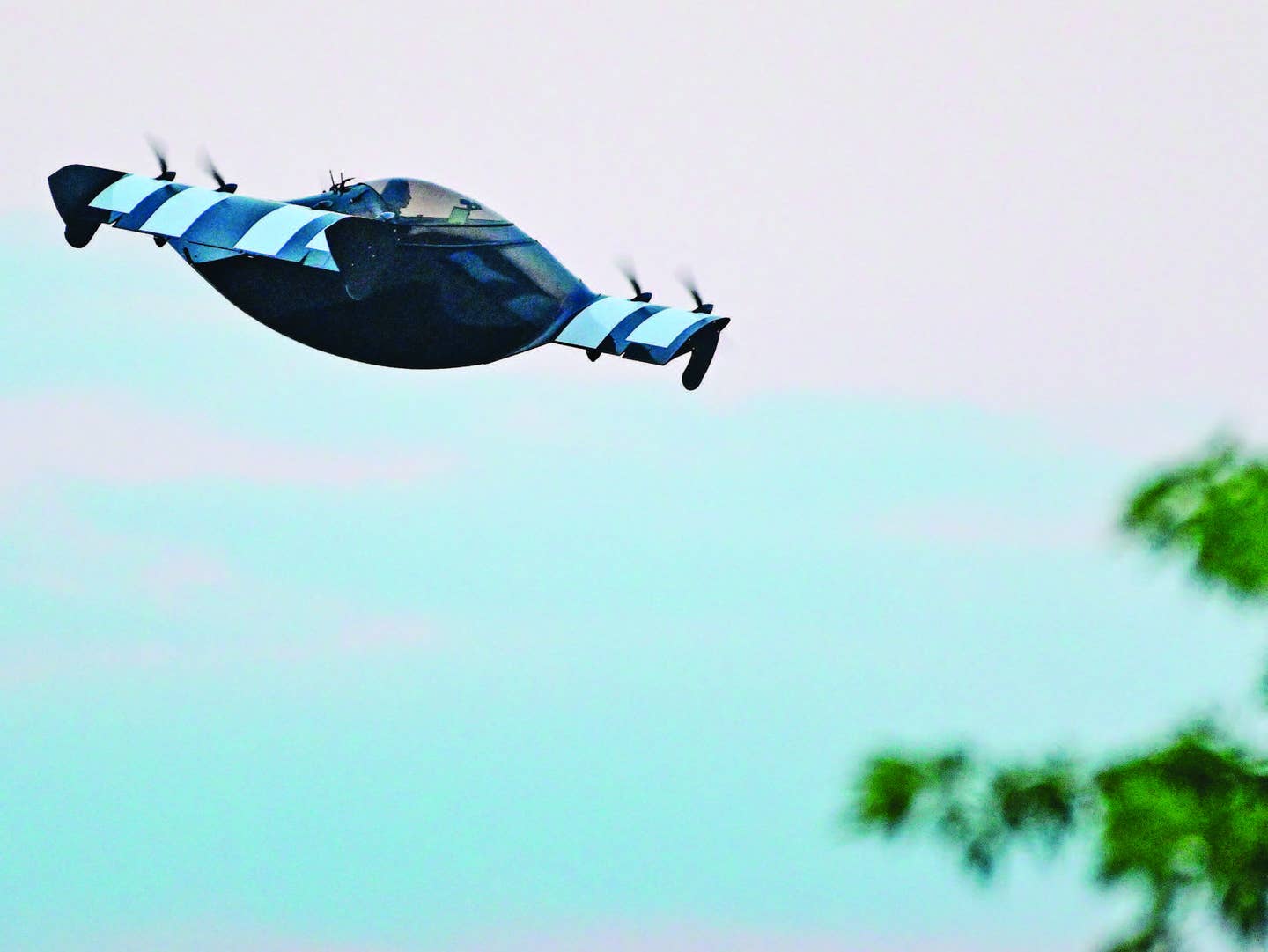AT&T and Verizon Delay 5G Launch Near Some Airports Amid Dire Warnings
‘Vast majority’ of the traveling and shipping public will essentially be grounded, say U.S. airline CEOs.

AT&T agreed to delay its plans for deployment of 5G. [File Photo: Adobe Stock]
AT&T and Verizon Communications on Tuesday said they would delay rolling out 5G service on newly available frequencies near some airports, a day after U.S. airlines warned of widespread disruptions in air travel.
It’s the latest development in the push and shove between the communications giants and the U.S. aviation industry over a 5G rollout that was originally planned for last month, but delayed until Wednesday.
The FAA and the aviation community have long expressed concern that using 5G on certain frequencies might interfere with aircraft radio altimeters, leading to flight cancellations and delays.
“At our sole discretion," AT&T said in a statement, "we have voluntarily agreed to temporarily defer turning on a limited number of towers around certain airport runways as we continue to work with the aviation industry and the FAA to provide further information about our 5G deployment, since they have not utilized the two years they've had to responsibly plan for this deployment.”
A Verizon spokesman told FLYING the carrier has voluntarily “agreed to temporarily limit deployment near certain airports” – although it would roll out the service elsewhere.
Neither carrier specified which airports, but the Verizon spokesman said the list included the 50 airports that were included in the 5G buffer zone announced earlier this month, plus several additional airports. AT&T said “We are launching our advanced 5G services everywhere else as planned with the temporary exception of this limited number of towers.”
The FAA said it expects Tuesday’s agreement will help reduce the worst cancellations and delays, but it anticipates there will be some impacts owing to the limitations of some radio altimeters.
Both 5G carriers had said they would create buffer zones at 50 airports in 46 markets, where they would turn off transmitters and make other adjustments.
In written statements, both Verizon and AT&T expressed frustration. AT&T mentioned “the FAA's inability to do what nearly 40 countries have done, which is to safely deploy 5G technology without disrupting aviation services, and we urge it to do so in a timely manner.”
Verizon criticized the “FAA and our nation’s airlines” for being unable “to fully resolve navigating 5G around airports, despite it being safe and fully operational in more than 40 other countries.”
Trying to “Close the Remaining Gap’
The White House released a statement from President Joe Biden on Tuesday praising the agreement, saying it “protects flight safety and allows aviation operations to continue without significant disruption.”
Biden’s statement also said the White House “has been engaging non-stop with the wireless carriers, airlines, and aviation equipment manufacturers…and at my direction they will continue to do so until we close the remaining gap and reach a permanent, workable solution around these key airports.”
‘Commerce Will Grind to a Halt’
Tuesday’s developments came a day after U.S. airlines sent a letter to the Biden administration that if the rollout is allowed to move forward, “the nation's commerce will grind to a halt. … Unless major hubs are cleared to fly, the vast majority of the traveling and shipping public will essentially be grounded.”
The FCC had authorized AT&T and Verizon to start using the frequencies Wednesday.
“This means that on a day like [Saturday], more than 1,100 flights and 100,000 passengers would be subjected to cancellations, diversions or delays,” the letter says.
"It's the transmission towers for 5G, not the use of 5G in cellphones, that is the issue. It is important to make that distinction."
Les Abend, FLYING contributing editor
The letter requested that “5G be implemented everywhere in the country except within the approximate two miles of airport runways at affected airports as defined by the FAA.”
Executives signing the letter—organized by industry group Airlines for America—represented passenger carriers Delta Air Lines (NYSE:DAL), American Airlines (NASDAQ:AAL), United Airlines (NASDAQ:UAL), Southwest Airlines (NYSE:LUV), Alaska Air Group (NYSE:ALK), JetBlue Airways (NASDAQ:JBLU), and Hawaiian Airlines.
Cargo airlines included Atlas Air Worldwide (NASDAQ:AAWW), FedEx Express (NYSE:FDX), and UPS Airlines (NYSE:UPS). It was sent to top officials at the FAA, Federal Communications Commission, Department of Transportation, and the National Economic Council.
Reacting to Tuesday’s temporary delay, Airlines for America president and CEO Nicholas E. Calio said in a statement that the airlines “have not yet seen the details of the agreements,” but they “appreciate AT&T and Verizon’s willingness to ensure the continuation of service for the traveling and shipping public, avert disruption to the National Airspace System (NAS) and provide time to implement mitigations.”
‘It’s the Transmission Towers’
Les Abend, FLYING contributing editor and retired Boeing 777 captain, has been watching the 5G issue unfold for years, noting the technology from 1G to 5G has taken the better part of two decades to evolve.
While it may seem that the airlines only recently became aware of the issue and raised the alarm, Abend notes that so many technological things—and the potential impact on industries beyond cellular technology—were not considered during its development.
"It's the transmission towers for 5G, not the use of 5G in cellphones, that is the issue," Abend says. "It is important to make that distinction."
The aviation industry warns that 5G transmission will disrupt the signals necessary for the proper operation of several systems on transport category aircraft—and many business jets as well—and one of the most important is the radio altimeter that gives the pilot critical information about the aircraft's height above terrain.
Radio altimeter information systems issue verbal warnings and cautions on takeoff and landing, letting the pilot know how close they are to the ground below the airplane. These callouts are critical for instrument approaches, especially during periods of extremely low visibility—what are known as CAT II and CAT III approaches.
"The radio altimeter provides critical information on these approaches. Certain parameters, such as altitude, need to be correct before the approach can continue," Abend says.
For example, an approach might call for the jet to level off at a certain altitude and stay there until they reach the final approach fix before it can continue the descent.
"If the pilot loses the ability to determine the aircraft’s height above ground, the pilot also won't know when to go around," Abend explains, adding that if the radio altimeter is unreliable, it could result in a canceled flight. "If it is part of the aircraft's minimum equipment list, it becomes a no-go situation."
If the weather descends below certain minimums and a CAT II or CAT III approach is required, says Abend, the flight may be canceled.
Abend is skeptical of the wireless providers’ assertions that 5G is already in use in Europe where U.S. airlines fly every day without issue.
"I would like to know where those 5G towers are in relation to Paris and Heathrow," he says.
Buffer Zones
The airport buffer zones promised by Verizon and AT&T were expected to be in place for the next six months.
On Sunday, the FAA announced it has cleared about 45 percent of the U.S. commercial aircraft fleet to perform low-visibility landings at many of the airports but, “even with these new approvals, flights at some airports may still be affected,” the agency said.
United Airlines issued a statement Monday saying deployment will result “in the suspension of cargo flights…causing a negative ripple-effect on an already fragile supply chain.”

Sign-up for newsletters & special offers!
Get the latest FLYING stories & special offers delivered directly to your inbox






